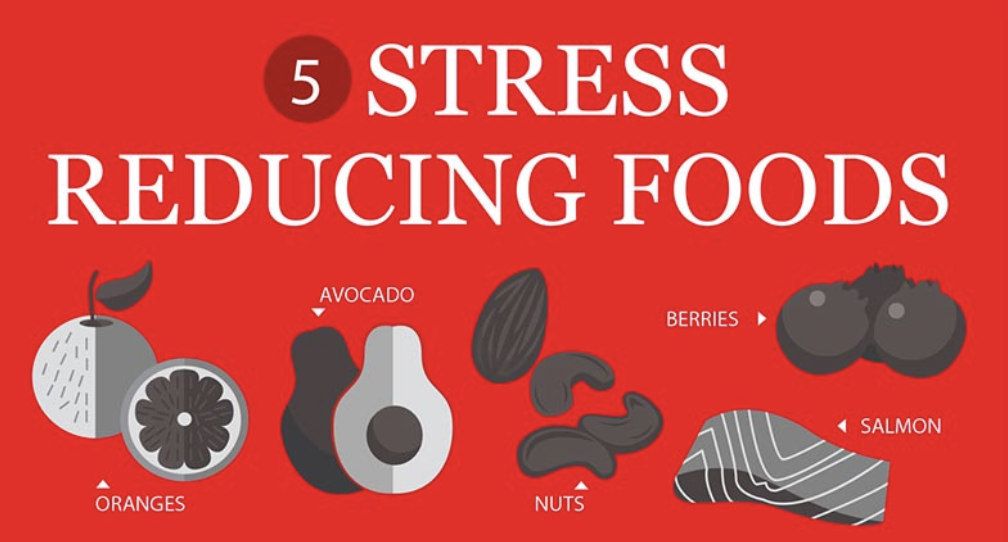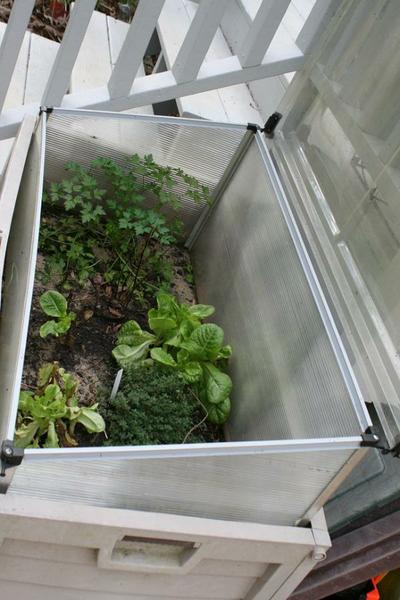Home Insteading With Cooperative Extension (Week 42)
go.ncsu.edu/readext?764022
en Español / em Português
El inglés es el idioma de control de esta página. En la medida en que haya algún conflicto entre la traducción al inglés y la traducción, el inglés prevalece.
Al hacer clic en el enlace de traducción se activa un servicio de traducción gratuito para convertir la página al español. Al igual que con cualquier traducción por Internet, la conversión no es sensible al contexto y puede que no traduzca el texto en su significado original. NC State Extension no garantiza la exactitud del texto traducido. Por favor, tenga en cuenta que algunas aplicaciones y/o servicios pueden no funcionar como se espera cuando se traducen.
Português
Inglês é o idioma de controle desta página. Na medida que haja algum conflito entre o texto original em Inglês e a tradução, o Inglês prevalece.
Ao clicar no link de tradução, um serviço gratuito de tradução será ativado para converter a página para o Português. Como em qualquer tradução pela internet, a conversão não é sensivel ao contexto e pode não ocorrer a tradução para o significado orginal. O serviço de Extensão da Carolina do Norte (NC State Extension) não garante a exatidão do texto traduzido. Por favor, observe que algumas funções ou serviços podem não funcionar como esperado após a tradução.
English
English is the controlling language of this page. To the extent there is any conflict between the English text and the translation, English controls.
Clicking on the translation link activates a free translation service to convert the page to Spanish. As with any Internet translation, the conversion is not context-sensitive and may not translate the text to its original meaning. NC State Extension does not guarantee the accuracy of the translated text. Please note that some applications and/or services may not function as expected when translated.
Collapse ▲4-H at Home
Submitted by: Camaryn Byrum, 4-H Agent
10 Minute Stress Busters
Taken from: 4-H Healthy Living Guide
When life gets stressful, how do you cope? Ongoing stress can have a negative impact on your health. The good news is that there are things you can do each day to help reduce stress. Healthy Essentials by Johnson & Johnson offers these tips to help you relax and reduce the negative impacts of stress:
Listen to Music—Classical music is relaxing, but you can choose any genre that speaks to you.
Laugh!—A good chuckle can increase blood flow and relax muscles.
Take a Walk—Walking can help clear your mind and boost endorphins. If the weather is bad, crank up your favorite song and dance!
Pet a Dog—A four-legged friend can help lower your heart rate and take your mind off of negative things.
Chew Gum—Chewing gum can relieve stress and even improve your mood.
Unplug—Unplugging from technology and distractions can restore your inner calm.
Meditate—Find a quiet place to close your eyes and get centered.

Johnson & Johnson recommend these five stress reducing foods.
Family and Consumer Sciences at Home
Mary Morris, Family and Consumer Sciences Agent
Med Instead of Meds for 2021
Are you looking to make some changes in the way that you eat, maybe lose some weight in 2021? A research-based eating plan is the Med Instead of Meds program that is offered by N.C. Cooperative Extension of Chowan County. Let me tell you more.
Med Instead of Meds was created by a group of nutrition and health professionals from NC State University and NC Division of Public Health. Eating the Med Way has been proven to protect against chronic illness. In some cases, eating the Med Way may even result in decreasing medications taken for blood pressure, high cholesterol, or diabetes. Hence the name Med Instead of Meds. We are passionate about providing people with the information and tools needed to make delicious meals for themselves and their families. We too are on this journey with you to transform our eating to the Med Way.
Eating the Med Way:
- Decreases the risk of some forms of cancer.
- Is more effective than a low-fat diet for weight loss in overweight and obese individuals.
- Protects against cognitive decline by protecting the small blood vessels in the brain. 40% lower risk of developing Alzheimer’s when you eat the Med Way.
- May improve eye health including decreasing the risk of macular degeneration.
- Decreases the risk of type 2 diabetes. In one study, the risk of developing type 2 diabetes was reduced by 52% when eating the Med Way.
There are 7 simple steps to Eating the Med Way:
- Change your protein
- Swap your Fats
- Eat More Vegetables
- Eat more Fruit
- Snack on nuts and seeds
- Male your grains whole
- Rethink your sweets
If you are interested in signing up for the next program please call Mary Morris at 252-482-6585 or email me at mary_morris@ncsu.edu. Due to COVID-19, all programs are virtual at this time.
Additional Med Instead of Meds information and healthy recipes
Horticulture at Home
Submitted by: Katy Shook, Area Horticulture Agent
Using Cold Frames
From the NC Extension Gardener Handbook
Cold frames are relatively inexpensive, simple structures that provide a favorable environment for growing cool-weather crops in early spring, fall, and into the winter months. Some are elaborate and require a large investment, but most others are reasonably priced for those who are serious about extending the season of fresh vegetables.
Cold frames rely on the sun as their sole source of heat. During the day the soil is heated by the sun; at night a cover can be used to slow the loss of heat. The ideal location for a cold frame is a southern or southeastern exposure with a slight slope to ensure good drainage and maximum solar absorption. A sheltered spot with a wall or hedge to the north provides protection against winter winds. Sinking the frame into the ground also provides some protection and insulation. Some gardeners make their cold frames lightweight enough to be moved from one section of the garden to another.
In early spring a cold frame is useful for hardening seedlings that were started indoors or in a greenhouse. The cold frame provides a transition period for gradual adjustment to the outdoor weather. It is also possible to start cool-weather crops in the cold frame and either transplant them to the garden or grow them to maturity in the frame. Use cold frames in spring and summer for plant propagation. Young seedlings of hardy and half-hardy annuals can be started in a frame many weeks before they can be started in the open. The soil in a portion of the bed can be replaced with media suitable for rooting cuttings, such as sand or peat moss. Fall is also a good time for sowing some cool-weather crops in frames. If provided with adequate moisture and fertilization, most cool-season crops continue to grow through early winter in the protected environment of the cold frame. Depending on the harshness of the winter and whether additional heating is used, a frame may continue to provide fresh greens, herbs, and root crops throughout the cold winter months.
Cold frames can be built from a variety of materials. Wood and cinder block are the most common. If wood is used, choose a species that resists decay, such as a good grade of cedar. Never use wood treated with CCA, creosote, or pentachlorophenol, because these substances are harmful to growing plants. Wood frames are not difficult to build. Kits may also be purchased and easily assembled. Some kits even contain automatic ventilation equipment. There is no standard-sized cold frame. The dimensions of the frame depend on the amount of available space, desired crops, and permanency of the structure. Do not make the structure too wide for weeding and harvesting; 4 to 5 feet is about as wide as is convenient to reach across.
Insulation may be necessary when a sudden cold snap is expected. A simple method is to throw burlap sacks filled with leaves, old blankets, or tarps over the frame at night to provide some protection and aid heat retention. Bales of straw or hay may also be stacked against the frame. Ventilation is most critical in the late winter, early spring, and early fall on clear, sunny days. A thermometer in the cold frame can be used to monitor the daily maximum and minimum temperatures. On warm days, the sash should be raised partially to prevent the buildup of extreme temperatures inside the frame. Lower or replace the sash early enough each day to conserve some heat for the evening.
A few special precautions must be taken with cold frames and hot beds. In summer, extreme heat and intensive sunlight can damage plants. This damage can be avoided by shading with lath sashes or old bamboo window blinds. Also, the nearly airtight cold frame slows evaporation, so it is easy to overwater. To help reduce disease problems caused by overwatering, water early in the day so that plants dry before dark.
For more information on using cold frames, contact the Ask A Master Gardener Helpline at (252) 482-6585.




